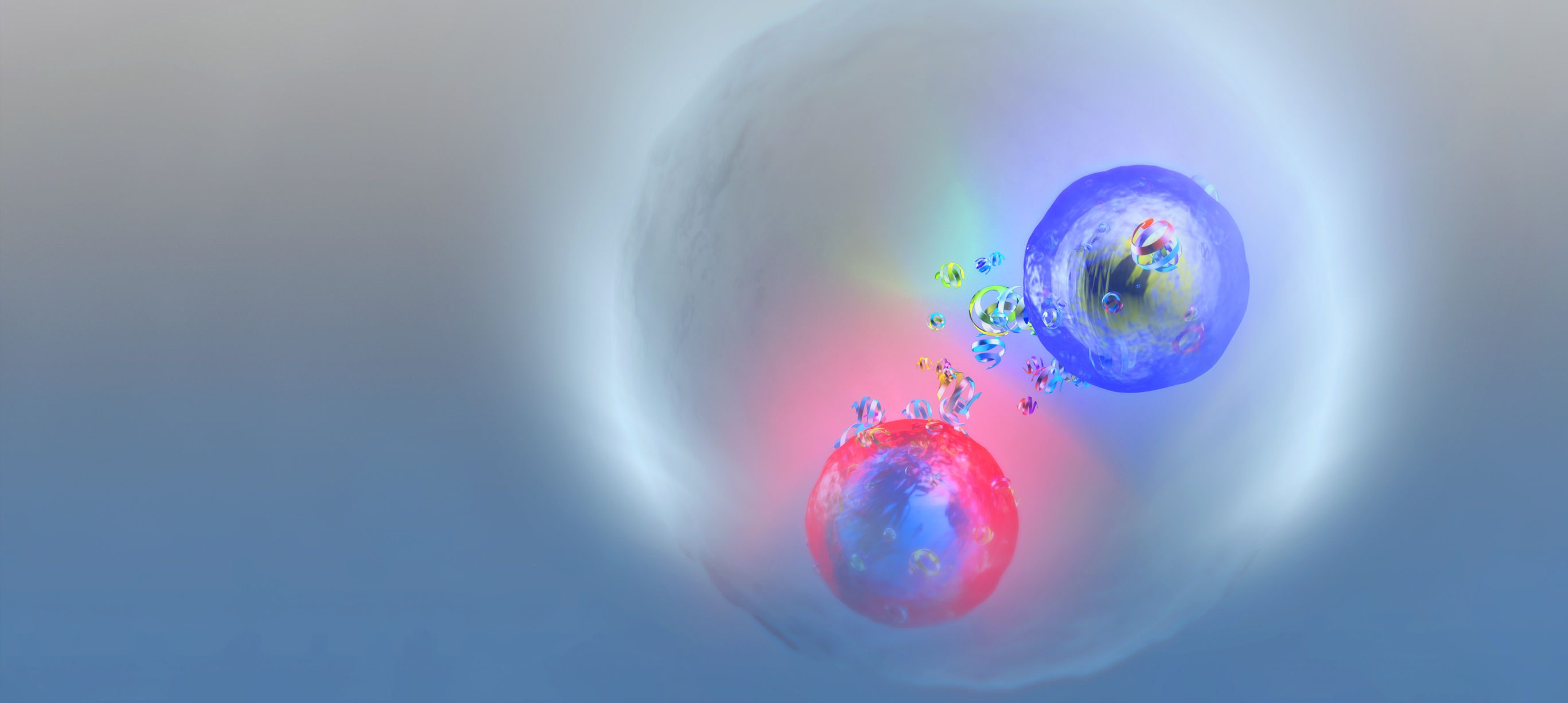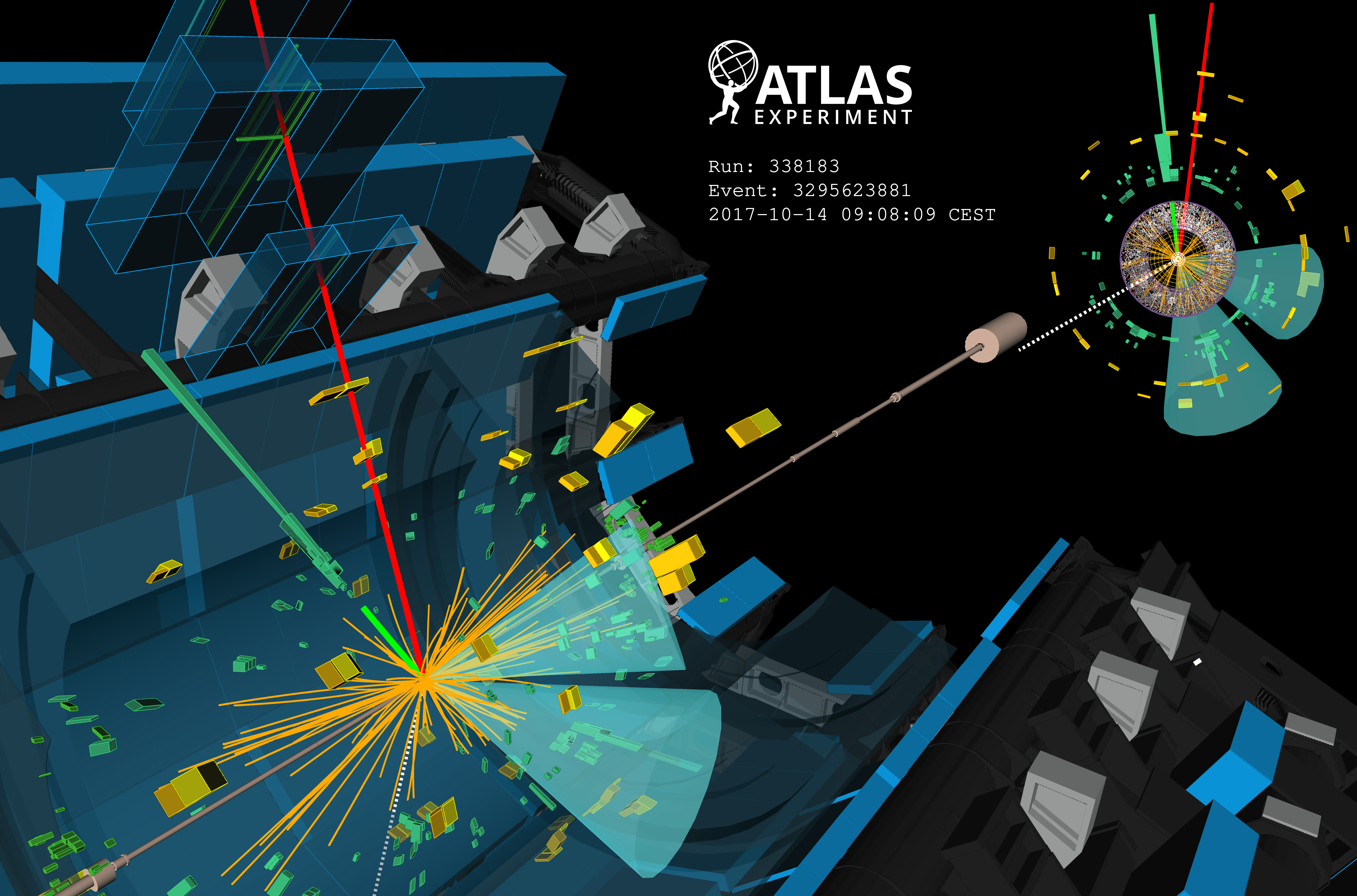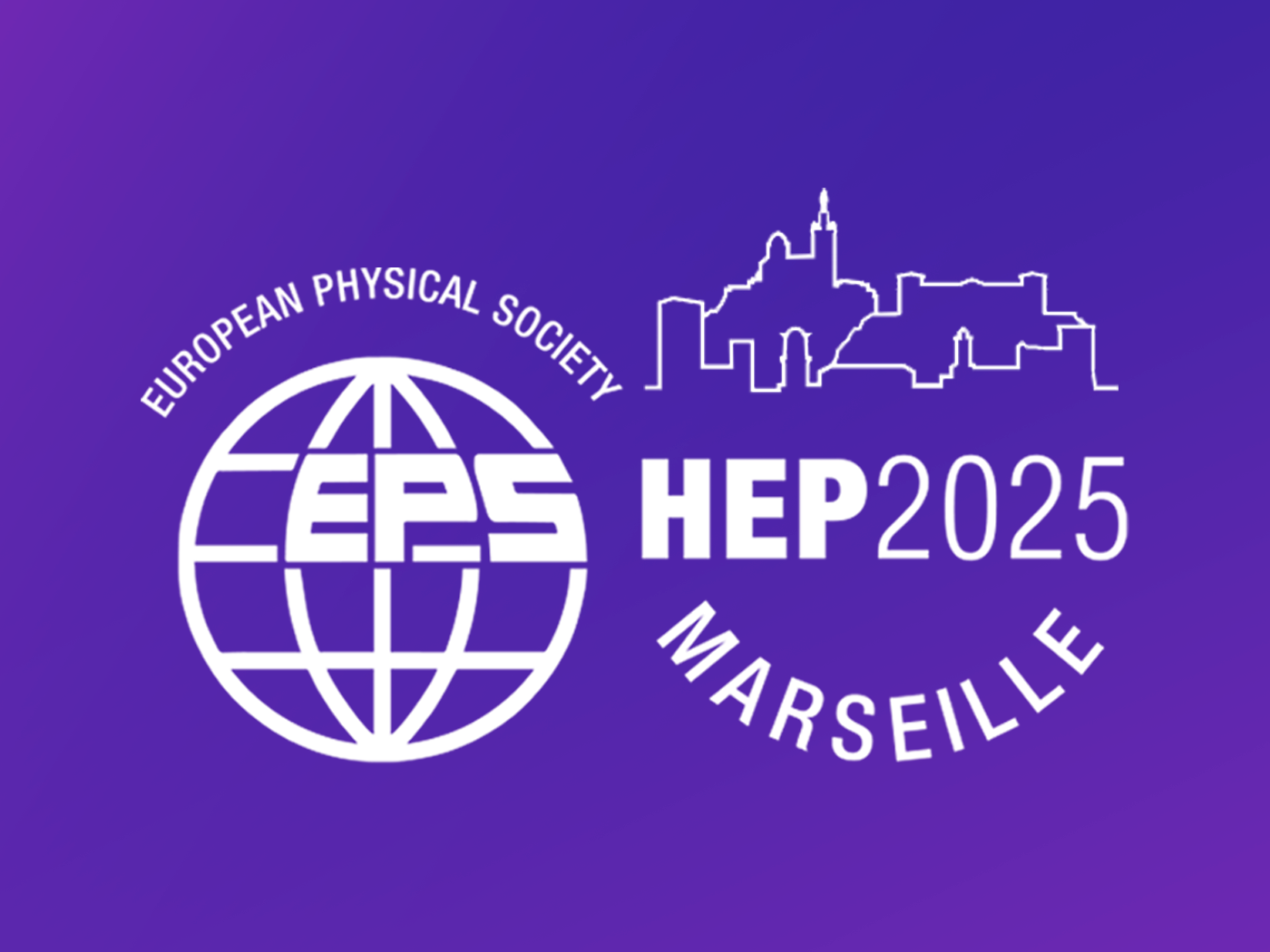Looking forward: ATLAS measures proton scattering when light turns into matter
30 July 2020 | By
Today, at the International Conference for High Energy Physics (ICHEP 2020), the ATLAS Collaboration announced first results using the ATLAS Forward Proton (AFP) spectrometer (Figure 1). With this instrument, physicists directly observed and measured the long sought-after prediction of proton scattering when particles of light turn into matter.

In 1928, theoretical physicist Paul Dirac predicted the existence of the positron, the positively-charged antimatter partner to the electron. When brought together, this matter–antimatter pair annihilates into two particles of light (photons). Remarkably, quantum mechanics predicts that the reverse can also occur. Two photons with sufficient energy can turn into a matter–antimatter pair, as shown in Figure 2.

To observe this phenomenon, physicists can use the LHC, a proton–proton collider, as a photon–photon collider. Usually, particles are created by protons colliding head-on which break apart. However, if two protons pass very close to each other, they can scatter via the electromagnetic force to produce photons that turn into a matter–antimatter pair. The two protons remain intact, continuing their path in the LHC beam pipe, which the AFP spectrometer can detect. Observing these intact scattered protons is a hallmark of a photon–photon collision.
The AFP spectrometer is unique in many ways. Installed in 2017, it is one of the newest additions to the ATLAS experiment. It sits either side of the main ATLAS cavern, just over 200 metres downstream from the collision point as shown in Figure 1. Its detectors are based on silicon technology, which reach directly into the LHC beam pipe to only two millimetres from the proton beam itself. If a scattered proton emits a photon and loses a few percentage points of energy, the LHC magnets deflect the proton into the AFP spectrometer. These scattered protons are among the highest-energy particles measured at the LHC.
The new ATLAS Collaboration observation of this striking phenomenon has a statistical significance over 9 standard deviations.
Physicists studied data recorded by the AFP spectrometer throughout 2017 to establish direct evidence of these scattered protons when matter – electron–positron or muon–antimuon pairs – are created from the interaction of two photons. This was achieved by comparing the proton energy loss measured by the AFP spectrometer from the proton deflection angle to the produced matter–antimatter pair recorded in the central ATLAS experiment, as shown in Figure 3. If the scattered proton arose while photons turned into matter, the measurements from both locations are predicted to be equal (within the measurement precision).
The ATLAS Collaboration has observed this striking phenomenon, recording 180 events that have an intact proton detected by the AFP spectrometer and a matching electron–positron or muon–antimuon pair measured in the main ATLAS detector. The expected background from accidentally matching forward protons amounts to about 20 events. The statistical significance of this result thus exceeds 9 standard deviations for each electron and muon channels.
This landmark measurement using the AFP spectrometer provides valuable information about how often the protons stay intact, which is challenging to calculate from theory. These measurements are important tests of how light interacts with matter at the highest laboratory energies. Certain theories predict such interactions are modified by new particles that could explain the mysterious dark matter in our universe. With more data, physicists can use the AFP to search for these phenomena in new ways.

Links
- Observation and measurement of forward proton scattering in association with lepton pairs produced via the photon fusion mechanism at ATLAS (ATLAS-CONF-2020-041)
- ICHEP talk by Mateusz Dyndal: Measurements of photon-photon fusion at ATLAS
- See also the full lists of ATLAS Conference Notes and ATLAS Physics Papers.



